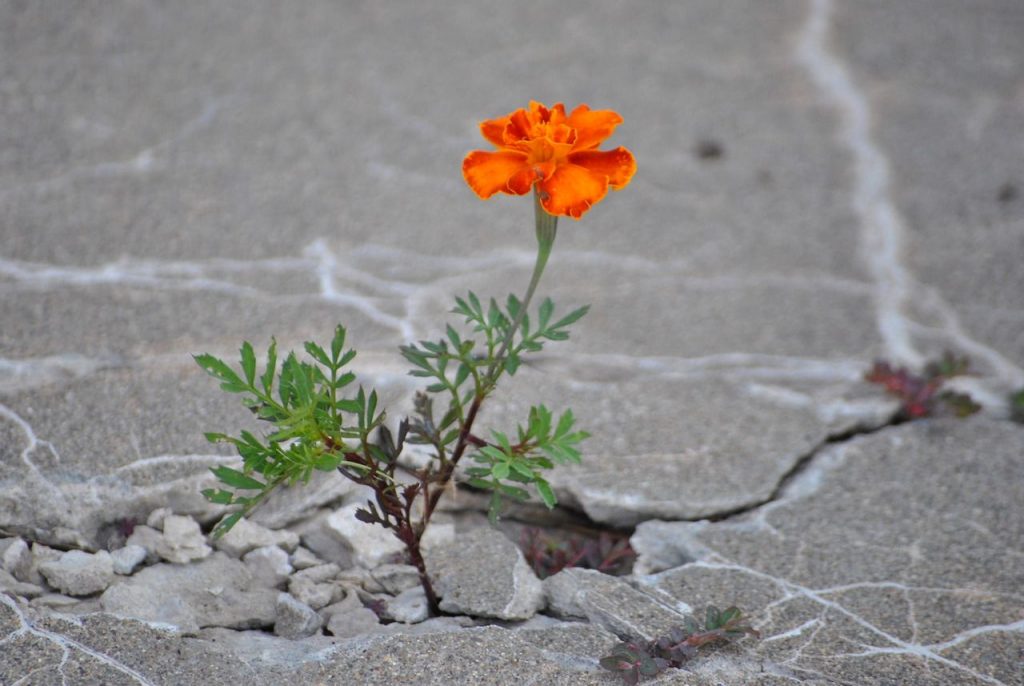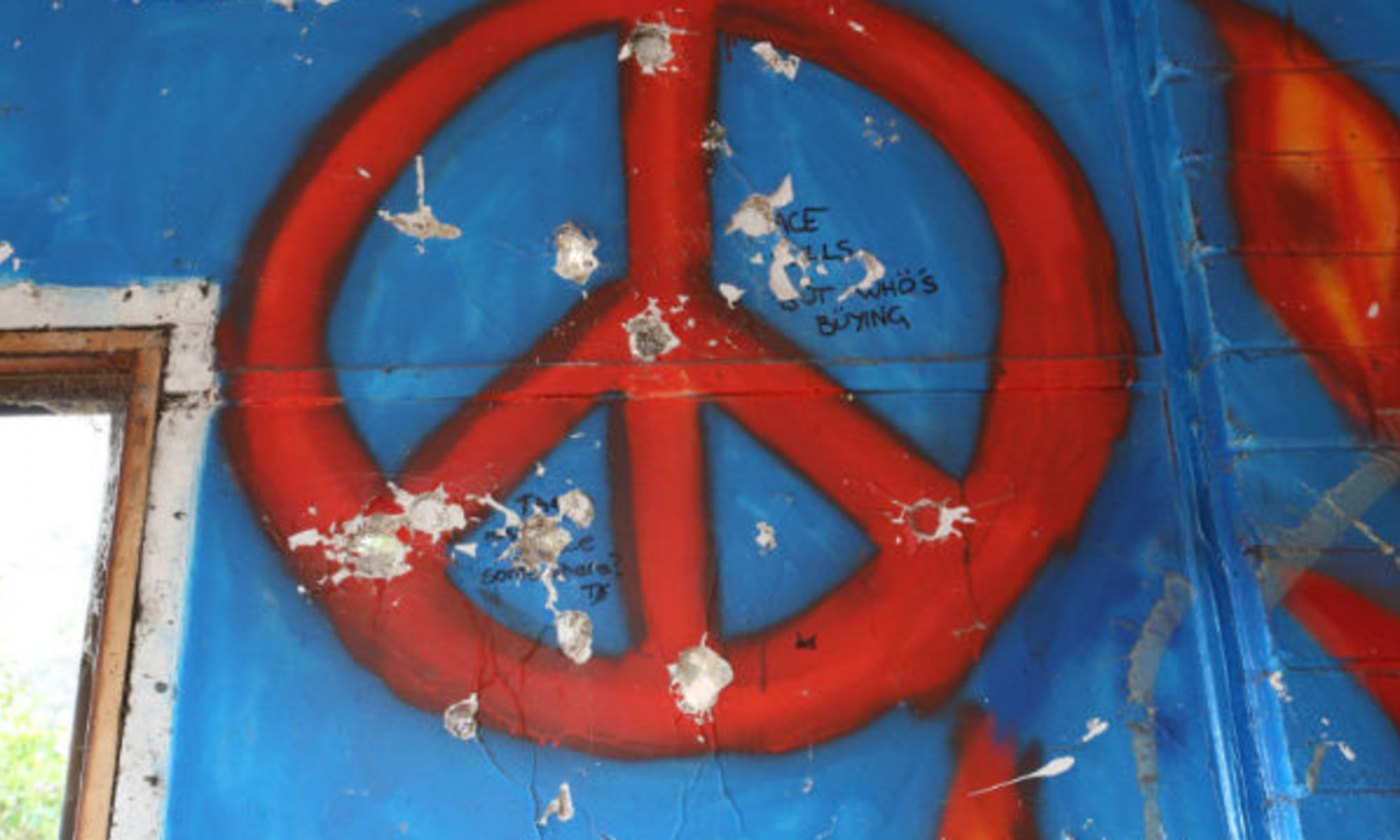By Terah Clifford

Today was probably the most personally moving for me. We experienced two very different sessions, one focused on prison gangs in California, American mass incarceration statistics, and the role of prisons in our culture. The other focused on personal involvement and experience in this very broken system. The overarching narrative of the facts presented in the first session were not entirely new to me as I had a general idea that the U.S. leads the world in incarceration rates and that much of astoundingly large boom in prison populations happened in the last 30-40 years. I knew the Supreme Court mandated several years ago that California had to get its prison population under control. What I didn’t know was exactly how many people the U.S. imprisons per capita in comparison to other developed countries. What I didn’t know is that California prisons were bursting at the seams in 2011 and packed at 300% of their capacity. What I didn’t know is the racial breakdown and the statistics regarding who makes up the majority of inmates. So while I knew some, I did not know enough. And I still do not know enough.
The whole situation seems very bleak, and it is in many ways. But I felt that I encountered a ray of hope when I heard Lou Hammond share his story of how he came from street gangs, through the prison system, and out the other side a changed man. I have always believed in the power of moments of interruption to change the course of a person’s life; perhaps a chance encounter will not have an immediate effect, but it functions as one of many small moments that add up over time to alter a trajectory. Lou Hammond’s story of the prison guard who tied his shoes was so moving in that regard because it is an example of just that.
The last few weeks have been interesting because we have heard stories and insight from both sides, both those who enforce the system and those who experience it. It has been enlightening to hear how a lack of identity and personal pain can contribute to a violent lifestyle and cause people to lash out. I can understand how involvement in a gang could lead someone who feels weak and vulnerable to feel empowered. I can understand how a fractured relationship with a parent or caregiver leads children to search for role models elsewhere. Listening to all of the ways that people have been let down over the years gave me so much empathy for the choices people make and the way they start down certain paths.
The ray of hope comes from the ways I can see that people can intervene at an earlier point in children’s lives and try to mitigate these areas of trauma and abandonment. Mentorships, school programs, and extracurricular activities will not undo the trauma that comes from domestic abuse, lack of identity, and the hurt that life deals out. But perhaps it can help to mitigate the consequences and have a chance to provide an alternative for children and young people who would otherwise fall prey to the empty promises made by gangs. Education and better police relations and community programs will not be an instant answer. But these changes over time could have a lasting impact, and I am hopeful that I can be a part of that change.


